
Bike Battery Power: The Ultimate Guide for E-Bike Riders
Electric bikes have revolutionized the way we commute, explore, and enjoy cycling. At the heart of every high-performing e-bike lies one crucial component: bike battery power. Understanding your e-bike’s battery power is essential not only for maximizing range and performance but also for extending the lifespan of your battery and ensuring a reliable ride.
In this ultimate guide, we’ll break down everything you need to know about bike battery power—from how it affects speed and distance to the different types of batteries available on the market. Whether you’re a daily commuter, an adventure seeker, or a cycling enthusiast, this guide will help you choose the right battery for your riding style, and get the most out of every charge.
What Is Bike Battery Power?
Bike battery power determines how far and efficiently an e-bike can travel. It is measured in watt-hours (Wh), representing the total energy a battery can store—a higher Wh means a longer range. Most e-bike batteries range from 300Wh to 700Wh, depending on motor power and usage.
Battery power is calculated as Wh = Voltage (V) × Amp-hours (Ah). Higher voltage improves motor performance, while higher amp-hours extend ride distance. Understanding battery power helps riders choose the right e-bike for optimal range and performance.
How Bike Battery Power Affects E-Bike Performance
1. Voltage: Power and Acceleration
The voltage of an e-bike battery determines how much energy the motor can draw at any given moment. Higher voltage provides more power, which translates into faster acceleration, stronger hill-climbing ability, and overall better performance. For riders seeking a more responsive and powerful e-bike, voltage is a critical factor to consider.
2. Capacity: Range and Endurance
Battery capacity, measured in Watt-hours (Wh), is calculated by multiplying voltage (V) by amp-hours (Ah). Capacity determines how far an e-bike can travel on a single charge. A higher Wh rating gives the bike a longer range, making it ideal for long commutes or extended recreational rides.
3. Real-World Factors Affecting Battery Consumption
While voltage and capacity are key, actual performance also depends on riding conditions:
-
Terrain: Hilly routes consume more battery power than flat paths.
-
Rider Weight: Heavier riders require more energy for the motor.
-
Riding Style: Frequent acceleration or high speeds drain the battery faster.
4. Maximizing Performance Through Battery Understanding
Understanding the relationship between voltage, capacity, and usage helps riders optimize efficiency and range. By selecting the right battery power for your needs and adopting energy-conscious riding habits, you can enjoy a smoother ride and longer-lasting battery performance.
How to Choose the Right Bike Battery Power
Choosing the right bike battery power is crucial for unlocking the full potential of your e-bike. To select the best battery, start by assessing your riding needs, then consider key battery metrics like Watt-hour (Wh), Amp-hour (Ah), and voltage (V).
1. Determine Your Riding Needs
Before selecting a battery, consider:
-
Riding style and terrain: Steep hills, off-road trails, and rough terrain demand higher power output from the motor, which requires a battery with a higher amperage rating.
-
Range and distance: For longer rides or daily commutes, prioritize batteries with higher Wh capacity to ensure you can cover more distance between charges.
-
Rider and load weight: Heavier riders or those carrying cargo drain batteries faster, so a higher-capacity battery is recommended.
-
Battery weight: Larger batteries provide more range but add extra weight, which can affect handling, especially on mountain bikes or when portability is needed.
2. Understand Key Battery Metrics
-
Voltage (V): Voltage determines the “pressure” of the electrical current. Higher voltage provides more power, improving hill-climbing ability and overall performance.
-
Amp-hours (Ah): This indicates the battery’s storage capacity. A higher Ah rating allows the battery to supply power for longer durations, similar to a larger fuel tank in a car.
-
Watt-hours (Wh): Wh reflects the total energy available and is the best indicator of your range. Calculate it by multiplying voltage by amp-hours:
Wh=V×AhWh = V \times AhWh=V×Ah
For example, a 48V 20Ah battery has a total capacity of 960Wh (48 × 20 = 960).
3. Select the Right Battery
-
Everyday riders: A 300–500Wh battery is usually sufficient for flat or moderately hilly terrain and shorter trips.
-
Longer rides or hilly terrain: Opt for 500Wh or higher to handle extended distances and steeper inclines.
-
High-performance needs: For steep hills, off-road trails, or heavier riders, consider a higher-capacity battery paired with a more powerful motor system, such as a 48V battery with a 750W motor.
4. Check Compatibility and Other Factors
-
Bike compatibility: Ensure the battery fits your e-bike’s specifications, including voltage, connector type, and physical dimensions.
-
Charging: Always use the correct charger to maintain battery health and prevent overcharging.
-
Budget and longevity: High-quality batteries may cost more but often provide better performance, longer lifespan, and safer operation. Compare options based on your budget and expected usage.
Tips to Maximize Bike Battery Power
Maximizing your bike battery power is essential for extending battery lifespan, improving e-bike performance, and enjoying longer rides. Follow these practical tips to get the most from your e-bike battery.
1. Practice Smart Charging Habits
Avoid deep discharges and frequent full charges, as these can shorten battery life. Ideally, keep your battery level between 20% and 80%. Always use the original charger provided by the manufacturer to ensure safe and efficient charging.
2. Store Your Battery Properly
Store your battery in a cool, dry place away from direct sunlight or extreme temperatures. Heat, cold, and moisture can degrade battery cells, reducing overall bike battery power and lifespan.
3. Use Efficient Riding Techniques
Gentle acceleration, moderate pedal-assist levels, and smooth riding can significantly reduce energy consumption. Avoid sudden starts or carrying heavy loads when possible to maintain consistent battery performance.
4. Avoid Overloading Your Battery
Overloading the e-bike with extra weight or excessive speeds can drain your battery faster and reduce its efficiency. Balance your load and ride within the recommended specifications for optimal performance.
5. Regular Maintenance Checks
Keep your battery contacts clean and inspect for any signs of wear or damage. Regular maintenance ensures your bike battery power remains reliable and helps prevent unexpected power loss during rides.
Common Issues with Bike Battery Power and How to Fix Them
E-bike riders often face problems with bike battery power, such as poor charging, reduced range, overheating, and sudden shutdowns. Most issues can be fixed with proper maintenance or professional help.
Battery Not Charging or Losing Charge Quickly
Ensure the battery is securely seated and terminals are clean. Use a compatible charger, check cables for damage, and store the battery in a cool, dry place. Older batteries may need professional testing or replacement.
Reduced Range or Weak Power
Loose connections or high assist levels can reduce performance. Secure connections, adjust assist settings, and occasionally calibrate the battery for accurate readings.
Battery Overheating
Avoid charging in direct sunlight and take breaks during long rides. Persistent overheating may indicate internal damage or a faulty Battery Management System, which requires professional attention.
Sudden Power Shutdowns
Loose connections or tripped fuses often cause power cuts. Check the battery, reset the system if needed, and inspect wiring or the motor for issues.
Other Issues
Erratic throttle, poor battery fit, or dim lights can signal weakening batteries. Regular maintenance and proper storage prevent most problems, while persistent issues should be addressed by a professional.
iScooter E-Bikes with High-Performance Battery Power
|
Image |
 |
 |
 |
 |
 |
|
Model |
|||||
|
Price |
£356.99 |
£468.99 |
£468.99 |
£478.99 |
£488.99 |
|
Motor |
Peak 500W |
Peak 500W |
Peak 500W |
Peak 500W |
Peak 500W |
|
Max Range |
40 Miles |
65 Miles |
55 Miles |
55 Miles |
60 Miles |
|
Max Speed |
15.5 MPH Default, Unlock to 20 MPH |
15.5 MPH Default, Unlock to 20 MPH |
15.5 MPH Default, Unlock to 20 MPH |
15.5 MPH Default, Unlock to 20 MPH |
15.5 MPH Default, Unlock to 22 MPH |
|
Default Speed |
6.2/9.3/15.5 MPH |
3.7/6.2/9.3/15.5 MPH |
6.2/9.3/15.5 MPH |
3.7/6.2/9.3/12.4/15.5 MPH |
3.7/6.2/9.3/12.4/15.5 MPH |
|
Unlock Speed |
9.3/15.5/20 MPH |
6.2/9.3/15.5/20 MPH |
9.3/15.5/20 MPH |
6.2/9.3/12.4/15.5/20 MPH |
6.2/9.3/12.4/15.5/22 MPH |
|
Battey |
36V 7.8Ah (280.8Wh) |
36V 13Ah (468Wh) |
36V 10.4Ah(374.4Wh) |
36V, 10.4Ah (374.4Wh) |
36V, 10.5Ah (378 Wh) |
|
Sensor |
Cadence sensor |
Cadence sensor |
Cadence sensor |
Cadence sensor |
Cadence sensor |
|
Pedal Assist |
4-Level Speed Assist |
5-Level Speed Assist |
4-Level Speed Assist |
7-Level Speed Assist |
7-Level Speed Assist |
|
Suspension |
Rear Suspension |
Adjustable Front Spring Suspension Fork+Seat Suspension |
Adjustable Front Suspension Spring Fork |
Adjustable Front Spring Suspension Fork |
Advanced Front Suspension Fork |
|
Brake |
Front and rear disc brakes |
Front and rear disc brakes |
Front and rear disc brakes |
Front and rear disc brakes |
Mechanical brakes |
|
Tire |
14*1.95" Pneumatic Tires |
26*1.95" Chaoyang Pneumatic Tires |
16*2.15" Pneumatic Tires |
26" × 1.95" Pneumatic |
26" × 1.95" Pneumatic |
|
Saddle |
Urban comfort ergonomic seat |
Urban comfort ergonomic seat |
Urban comfort ergonomic seat |
Urban comfort ergonomic seat |
Breathable ergonomic sport cushion seat |
|
Headlight |
High output integrated LED, adjustable angle |
High output integrated LED, adjustable angle |
High output integrated LED, adjustable angle |
High output integrated LED, adjustable angle |
High output integrated LED, adjustable angle |
|
Tail Light |
Wiring LED light |
Wiring LED light |
button battery |
button battery |
Rear LED |
|
Rear Rack |
None |
Supported |
Supported |
Supported |
Suppoted |
|
Fenders |
Front and rear full coverage |
Front and rear full coverage |
Front and rear full coverage |
Front and rear full coverage |
Front and rear full coverage |
|
Charger |
42V 1.5Ah |
42V 2Ah |
42V 2Ah |
42V 2Ah |
42V 2Ah |
|
Frame |
Alloy steel folding frame |
Iron frame |
Alloy steel folding frame |
Iron Frame |
Alloy steel frame |
|
Water Resistance |
IP65 |
IP65 |
IP65 |
IP65 |
IP65 |
|
Load Capacity |
264 lbs (120 kg) |
264 lbs (120 kg) |
264 lbs (120 kg) |
264 lbs (120 kg) |
330 lbs (150 kg) |
|
Seat Height |
Adjustable |
Adjustable |
Adjustable |
Adjustable |
Adjustable |
|
Rider Height |
4'9" ~ 6'1" (150cm ~ 185cm) |
5'3" ~ 6'3" (160cm ~ 192cm) |
5'3" ~ 6'3" (160cm ~ 192cm) |
5'3" ~ 6'4" (150cm ~ 192cm) |
5'3" ~ 6'5" (160cm ~ 195cm) |
|
Bike Weight |
51.4 lbs (23.2 kg) |
59.5lb (27kg) |
58.42 lbs (26.5 kg) |
61.7 lbs (28 kg) |
45.1 lbs (20.5kg) |
Conclusion
Understanding bike battery power is key to maximizing your e-bike’s performance, range, and lifespan. Proper maintenance, correct charging, and timely professional checks help prevent common issues and keep your ride smooth and reliable. Mastering bike battery power ensures you get the most out of every ride.
FAQs
How many watts is a bike battery?
The wattage of a bike battery depends on its voltage and capacity, but most e-bike batteries range from 250W to 1000W, powering the motor efficiently for various riding styles.
Is there a big difference between a 500W and 750w ebike?
Yes, a 750W e-bike delivers more power, faster acceleration, and better hill-climbing ability compared to a 500W bike, but it may drain the battery slightly faster.
Is 36V or 48V better?
48V batteries generally offer higher performance, stronger torque, and longer range, while 36V batteries are lighter and sufficient for casual commuting. The best choice depends on your riding needs.
How long does a 500Wh battery last on an ebike?
A 500Wh battery typically provides 40–70 miles of range per charge, depending on terrain, assist level, rider weight, and riding style.
iScooter E Scooter Collections:
Electric Scooter | Kids Electric Scooter | Electric Scooter for Adults | Electric Scooter with Seat | Off-Road Electric Scooter | Foldable Electric Scooter | Girls Electric Scooter | 1000W Electric Scooter | 2000W Electric Scooter | Boys Electric Scooter | Dual Motor Electric Scooter | Big Electric Scooter | Electric Scooter with Suspension | Lightweight Electric Scooter | Commuter E-Scooters | 3 Wheel Electric Scooter
Show more ▼iScooter E Bike Collections:
Foldable Electric Bike | Affordable Cheap Electric Bike | Electric Bike for Adults | Electric Motor Bikes | Trek Electric Bike | Fastest Electric Bike | Electric Road Bike | Full Suspension Electric Mountain Bike | Giant Electric Bike | Womens Ladies Electric Bike | Mens Electric Bike | Electric Bike with Throttle | Electric Gravel Bike | Electric Mountain Bike UK | Fat Tyre Electric Bike | Electric Hybrid Bike | Electric Motorised Bike | Electric Push Bike | 1000W Electric Bike | Cool Electric Bikes | Electric Off Road Bike | Pedal Assist Electric Bike | Good Electric Bikes | Small Electric Bike | Trek Electric Mountain Bike | 2000W Electric Bike | Full Suspension Electric Bike | Mini Electric Bike | Road Legal Electric Bike | Step Through Electric Bike
Show more ▼👍 Buying Guide | 🚴♂️ Riding Guide
📋 Feature Guide | ❓ Common problem
Product category
Electric Scooter
Cheap Electric Scooters for Adults | Fastest Electric Scooter | Kids Electric Scooter | Mini Electric Scooter
































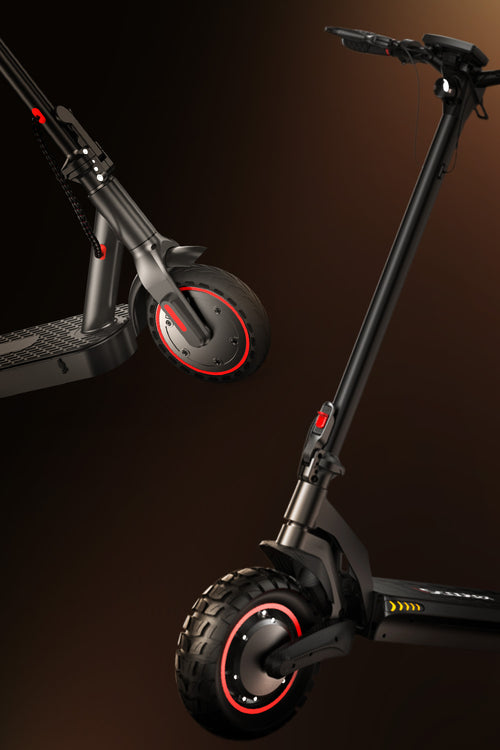
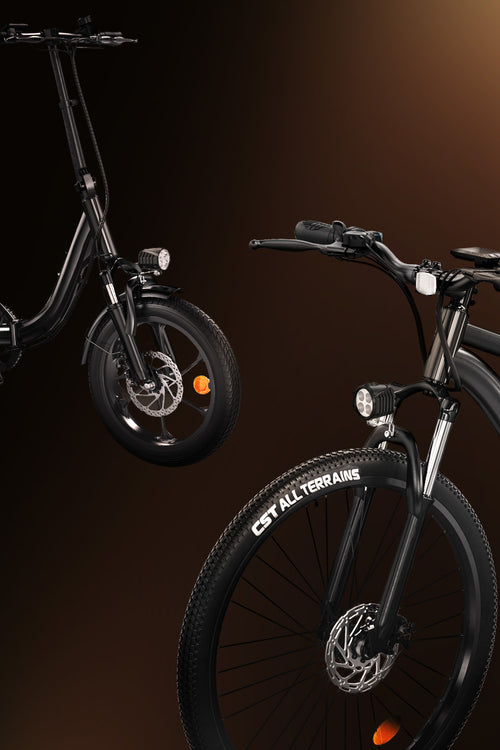














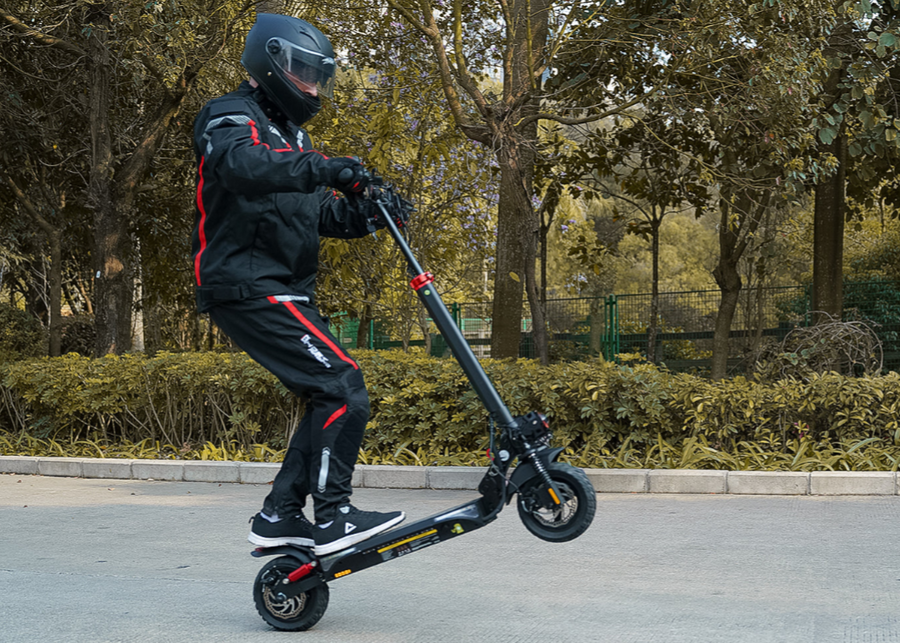
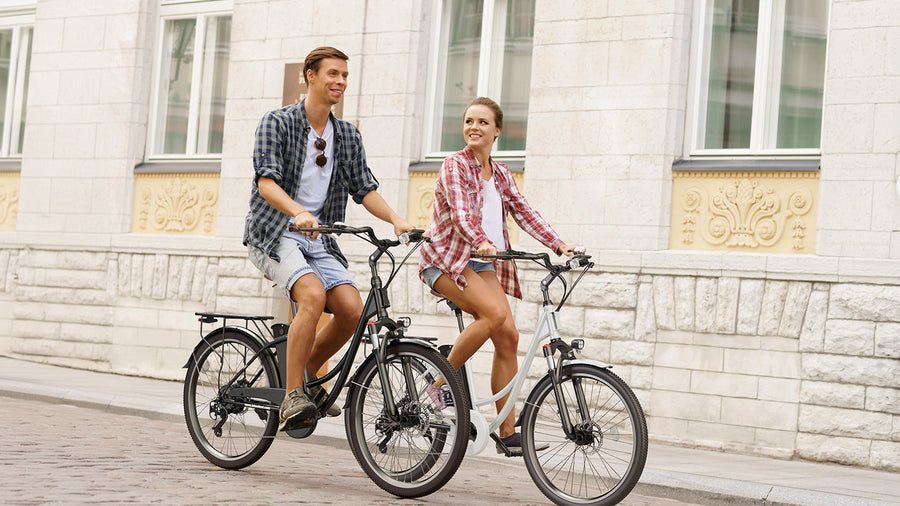
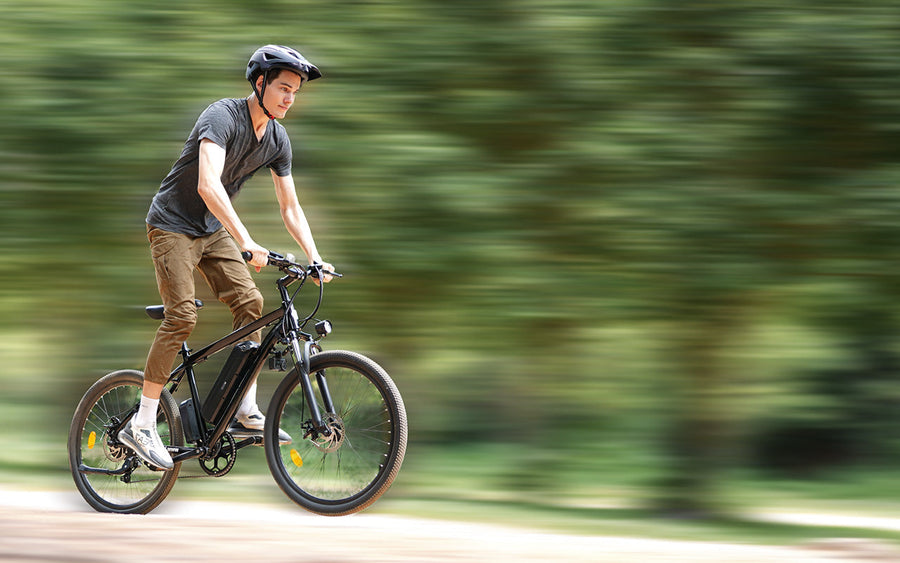

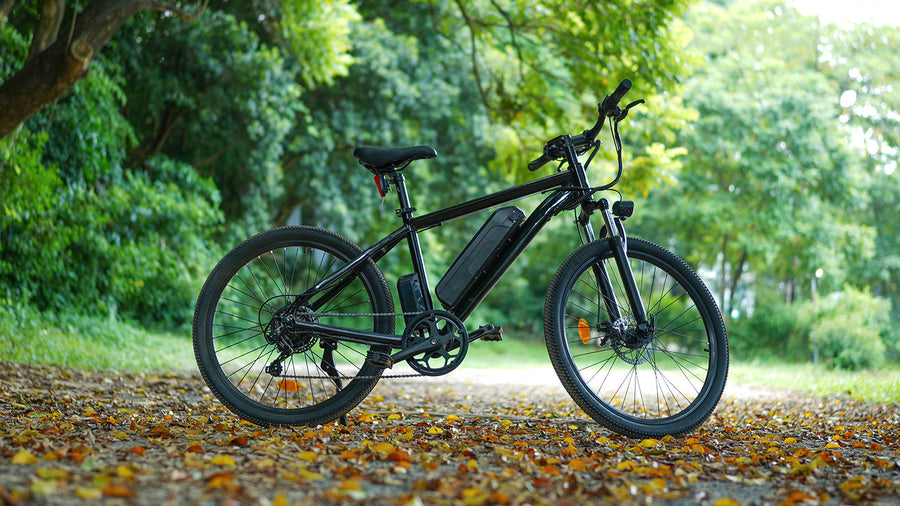
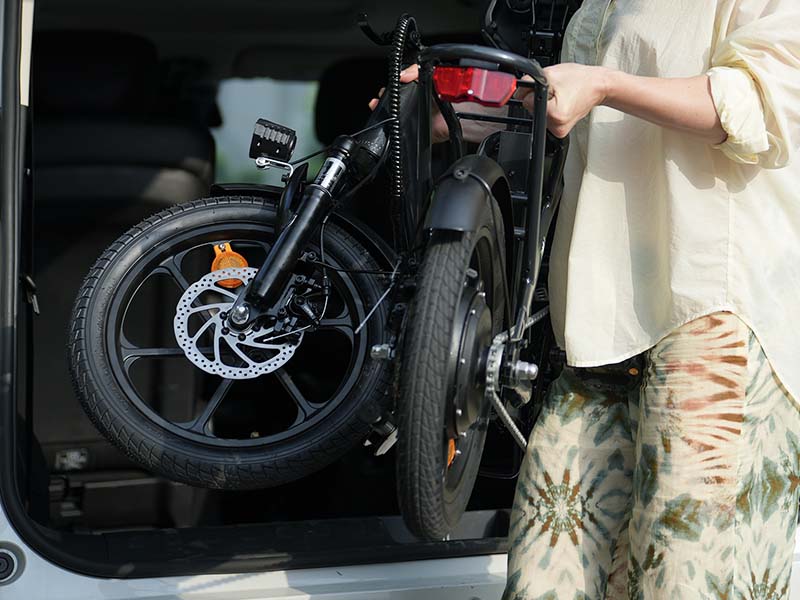
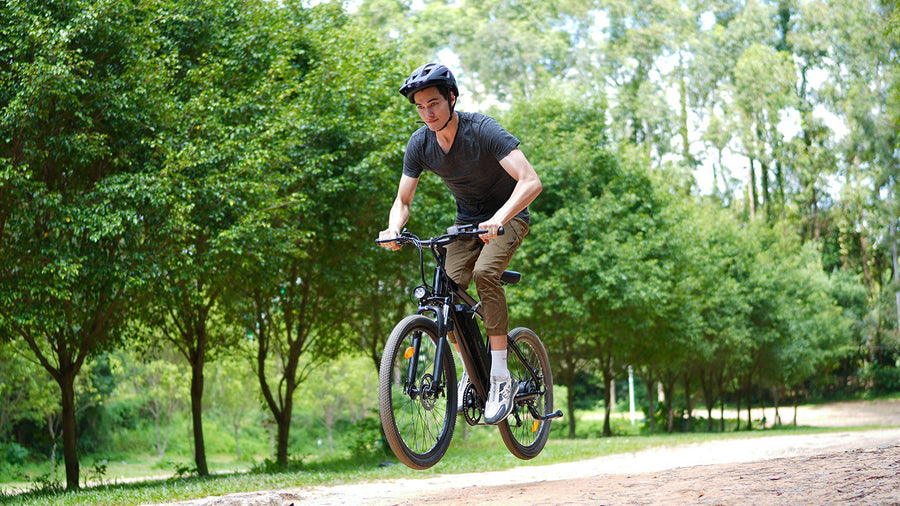








Article tags :
Leave us a message